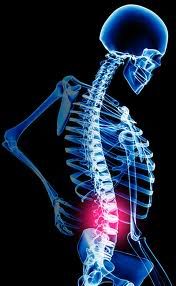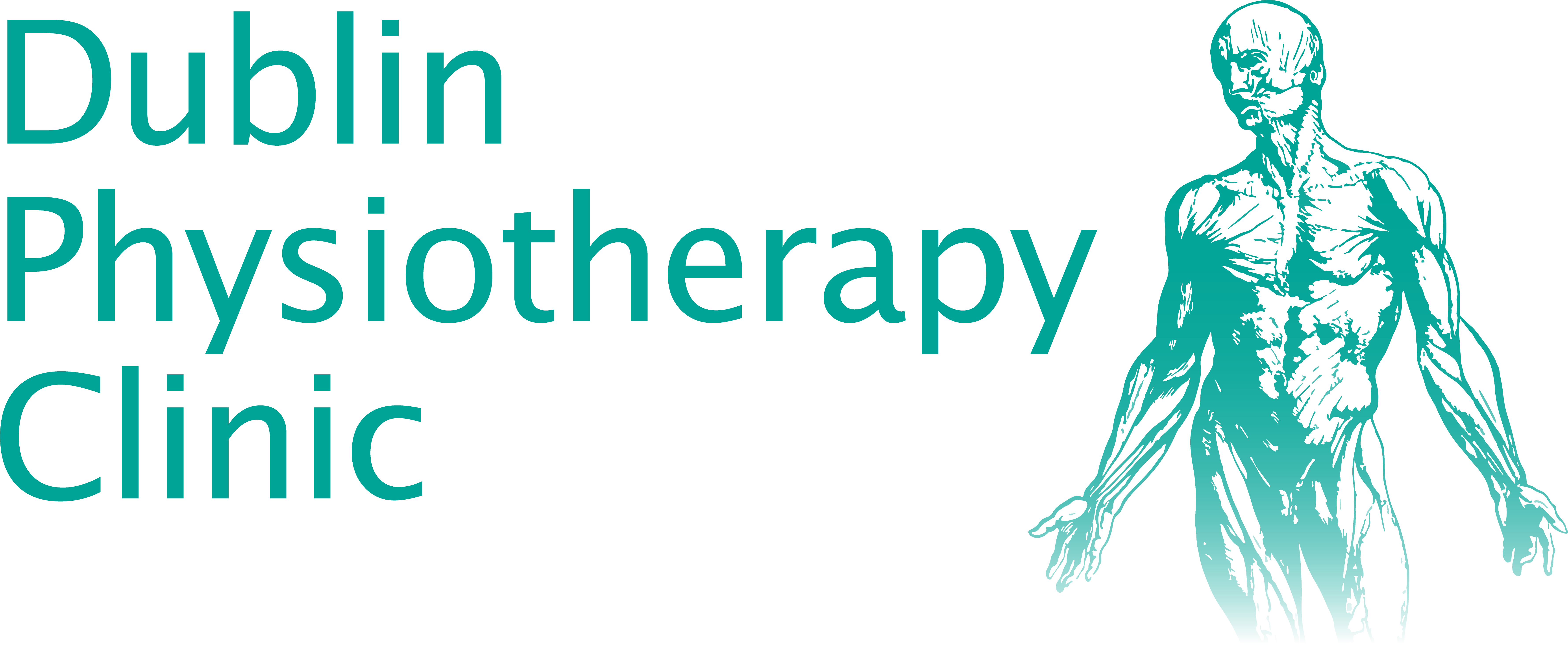Treatment of lower back pain is varied with outcomes very mixed. The statistics on lower back pain are shocking.

80% of the population will suffer one episode of lower back pain at some point in their life.
30% of people will end up with recurrent problems.
Pain in the Lower Back
In our opinion a significant number of 1 one in 3 who develop recurrent back pain would not do so if they were effectively managed from the first episode.
This means detailed examination and a corrective plan to reverse causes of the problem.
All too frequently patients either rest or are prescribed anti-inflammatory medication and advised to see if things “settle down with time”.
Whilst this is in accordance with the current Best Practise International Guidelines, in reality these guidelines are generally too vague and non-specific to direct treatement.
The result that patients are frequently left predisposed to recurrent problems thinking that’s because that the initial acute pain has subsided the spinal mechanics have returned to normal.
This is frequently a false assumption.
Lower back pain assessment
A comprehensive assessment of the spine involves:
- 1. Evaluating full range of spinal motion.
- 2. Evaluating full range of hip and pelvic motion, examining individual spinal and pelvic joint motion.
- 3. Examining muscle flexibility
- 4. Testing for muscle strength and coordination
- 5. Evaluating postural alignment
- 6. Assessing for muscle imbalance
- 7. Identifying ergonomic or other occupational factors
A large proportion of the cases we treat do not have a major incident triggering their lower back pain.
Insidious onset lower back pain
This is often called “insidious onset lower back pain” where people describe something simple such as bending down, reaching, twisting or turning – which should be a normal tolerable function when the spine is healthy. Skilled physiotherapy requires assessment of all of the factors listed above and designing effective treatment plans based on this assessment.





